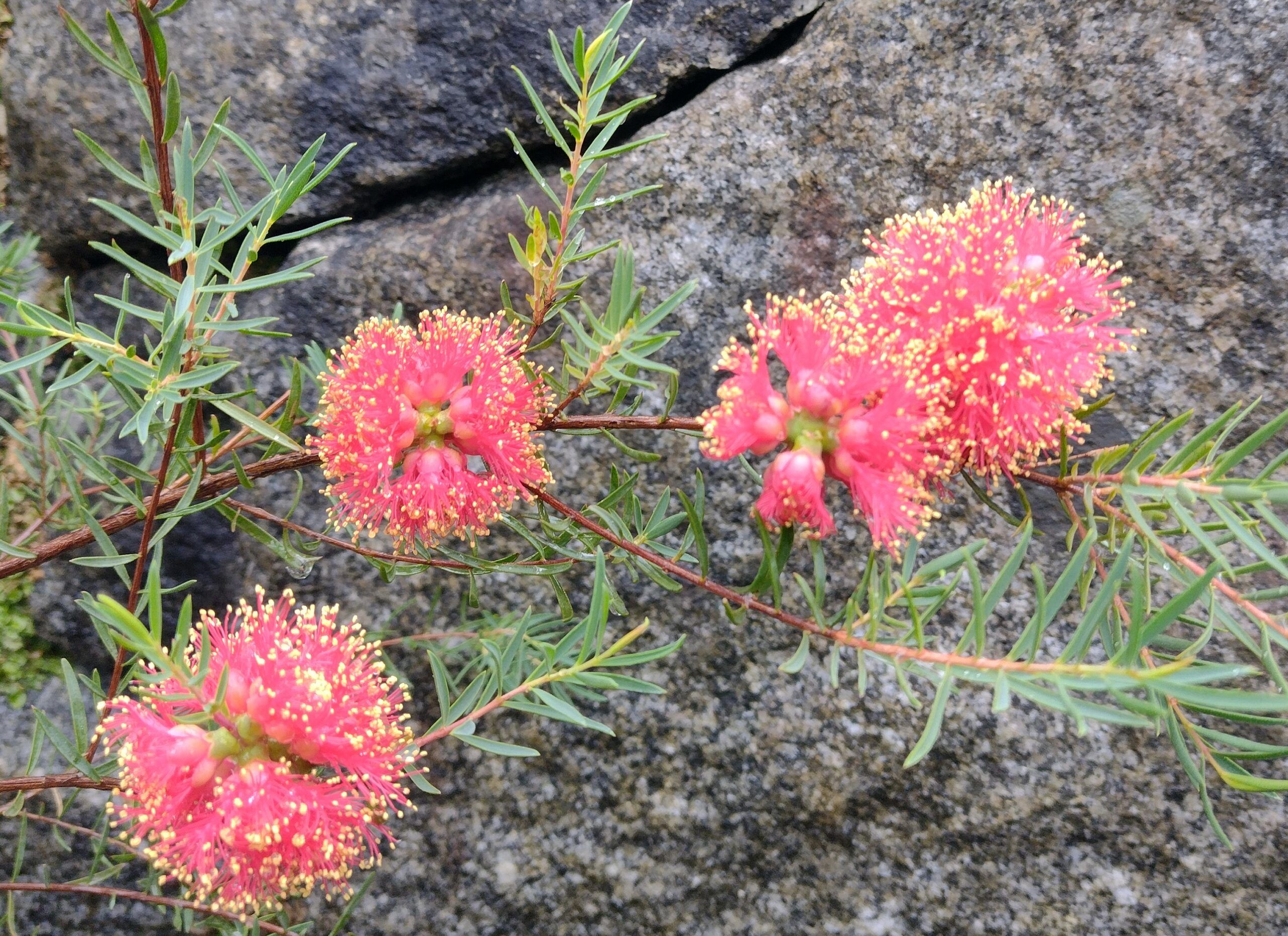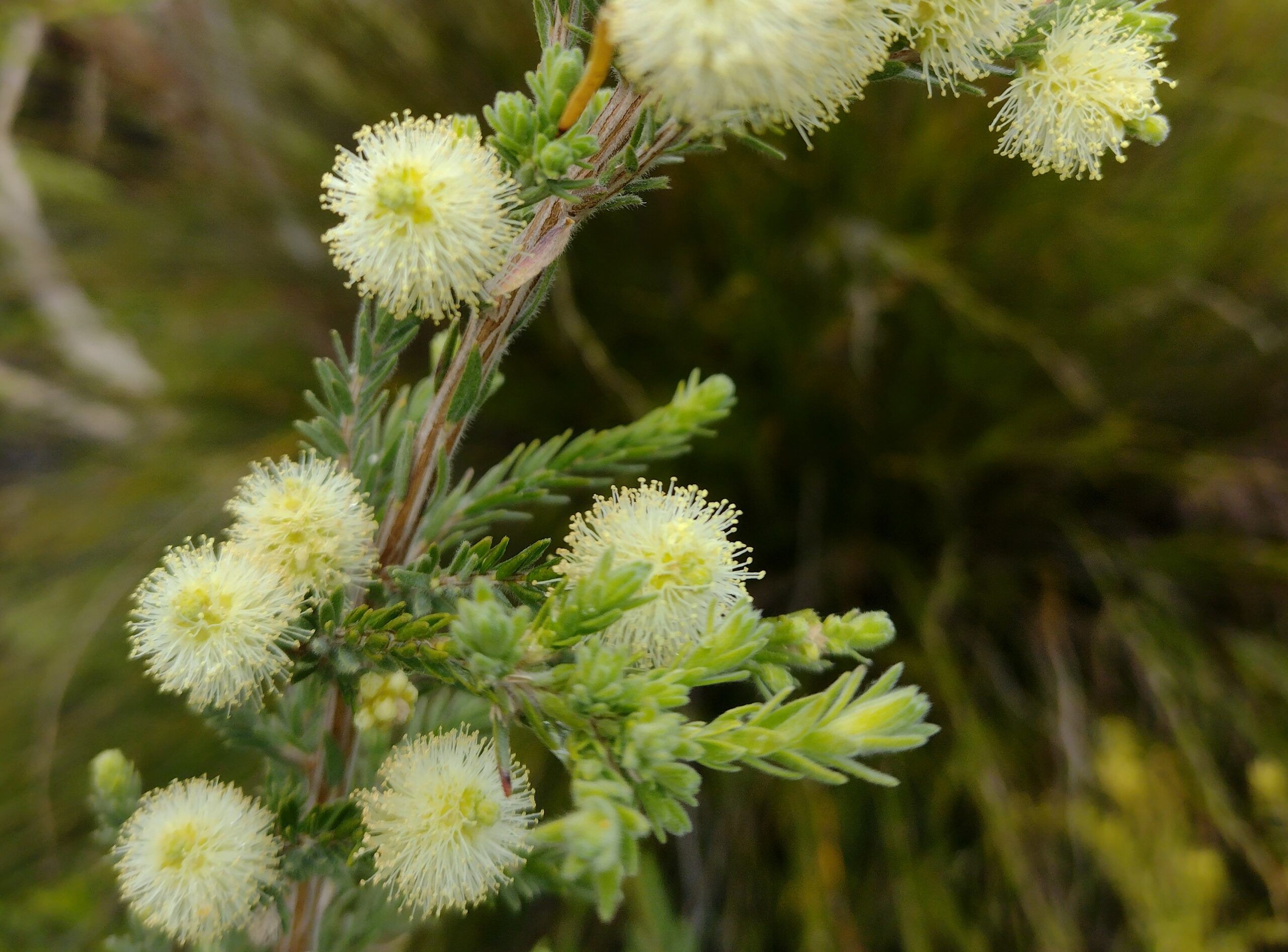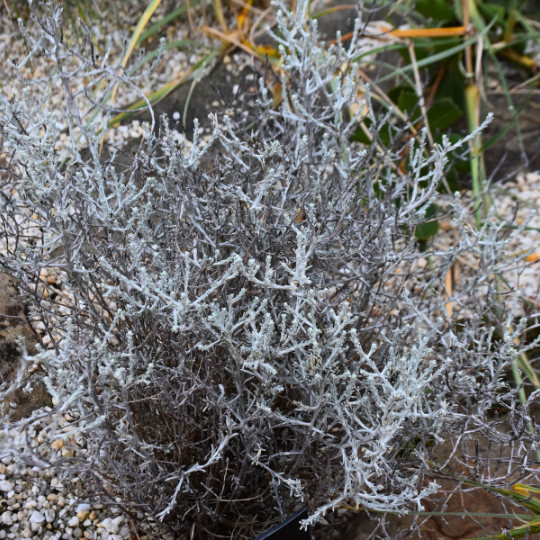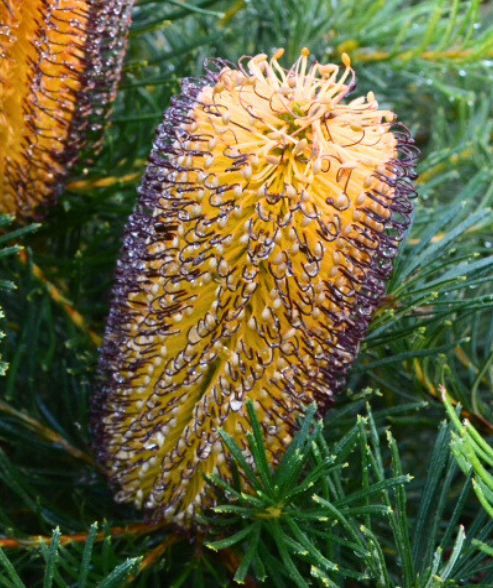- Plant Finder
- Coastal
- Melaleuca halmaturorum ‘Salt Paperbark’
Botanical Name
Melaleuca halmaturorum
Common Name
Salt Paperbark
Description
Salt Paperbark is a distinctive slow-growing native tree renowned for its creamy-grey papery bark and exceptional salt tolerance that creates interesting displays in Australian gardens. This hardy species develops an often crooked, straggling, or irregular form that adds character to coastal landscapes, with the distinctive papery bark providing year-round textural interest. The dark green, linear to lance-shaped leaves are arranged in decussate pairs (four rows along the stem) with many distinct oil glands on the lower surface, creating attractive fine-textured evergreen foliage. Hardy and salt-tolerant once established, it thrives in coastal conditions and various soil types with full sun to partial shade positions and excellent wind tolerance. Perfect for coastal gardens, windbreaks, and areas where hardy native trees with distinctive bark and salt tolerance create resilient landscape displays.
Plant Category
Trees
Size (H x W)
Height: 6-8 meters, Spread: 4-6 meters
Habitat
Melaleuca halmaturorum naturally occurs in southern parts of Western Australia, South Australia, and Victoria, thriving in coastal and inland areas with various soil types and excellent salt tolerance in Mediterranean to temperate climates.
Cultural SIgnificance
As part of Australia’s diverse Melaleuca family flora, this species represents the important paperbark communities that were traditionally valued by Aboriginal peoples for their bark uses, medicinal properties, and role in coastal and inland ecosystems.
Mailing List
WE LOVE PLANTS AS MUCH AS YOU DO, STAY IN THE LOOP
Content Disclaimer
Kuranga original content and photos are copyright protected. Please email us before re-posting our
content elsewhere. Thank you!
© Kuranga. All rights reserved — Website by Storyfolk







